Major Project: research question and MA symposium
- jacobcarter4
- Aug 30, 2023
- 6 min read
What is Serendipity?
It is helpful to understand some of the key terms that my questions poses …
serendipity
· Serendipity is defined as ‘the occurrence and development of events by chance in a happy or beneficial way.’ Or a way of finding valuable things unintentionally.
· 1754: coined by Horace Walpole, suggested by The Three Princes of Serendip, the title of a fairy tale in which the heroes ‘were always making discoveries, by accidents and sagacity, of things they were not in quest of’.
· In this way my recent work has become a sort of quest to find the serendipity in sculpture.

Artwork for short story 'The Three Princes of Serendip'
haptic
adjective
TECHNICAL
relating to the sense of touch, in particular relating to the perception and manipulation of objects using the senses of touch and proprioception.
· Through studio work I have embraced electronics, microcontrollers, coding, and motors as tools to introduce chance and serendipitous moments into the creation of minimalist sculptures.
· By incorporating these technological components, my research aims to find how these technologies can infuse a sense of touch and poetic movement into my works, inviting viewers to engage with the tactile and sensory qualities of the sculptures.
Materiality:
· My focus on materiality involves 'processes of transformation', pushing the boundaries of a material through various manipulations; the time spent working on (thinking through, and playing with) a material allows for a greater appreciation of its physical properties (Delueze and Guattari, 2015, p.38).
· Throughout my practice led research I have been influenced by what Delueze and Guattari (2015, p.38) describe as the ‘matter-movement’; this speculates that an artist’s work is shaped from ‘matter’ (whether this is a material or a concept) which has multiple states of being, multiple entry and exit points.
· My approach has homed in on these multiple states, examining the textual qualities of stone, the fluidity of wet concrete, the scent of oil, or the resonance of materials if struck by another.
· These moments of attentiveness has allowed me to be experimental in my approach to material, being led by intuitive trial and error, seeing how far we can push a material before the supposed “matter” falls apart.
· The attempt to define ‘materiality’ is very complex.
· For the purposes of my research, I employed Lange-Berndt’s definition of ‘materials’ as ‘substances that are always subject to change, be it through handling [or] interaction with their surroundings’ (Lange-Berndt, p.12).
· Understanding material through its ability to shift resonates strongly with my approach to material play and process
· material is not only stuff or concrete matter, but also the processes it undergoes, the actions which become embedded.
· The interactions I have with motors, found objects, or cast concrete has been focused on process driven actions (such as collecting, rotating, suspending, reverberating) demonstrating how such processes can generate unpredictable results as Grant (2018, p.1) describes process art is one which ‘invites risk, uncertainty, vision [and] unpredictability’.

An illustration of ‘A Thousand Plateaus’ (Ngui, 2012)
The Flaneur
A key driving force for my current practice has been utilising the flaneur as a research methodology.
· To define this term – The Flaneur
· French origin. a person who lounges or strolls around in a seemingly aimless way; an idler or loafer: the flâneur, that cool, aloof observer of urban society.

An illustration of The Flaneur by Paul Gavarni, 1842
Meander, wander, stroll, saunter, amble, wander, ramble, dawdle, promenade, take a walk, potter, roam, traipse, to stretch one's legs
· The activity of flâneur, originally associated with 19th-century French literature and urban observation, can be seen as a research methodology that involves observing and engaging with the cityscape and everyday life as a means of gathering insights and generating knowledge.
· The flâneur, often depicted as a detached wanderer or urban stroller, becomes an active observer of social, cultural, and spatial dynamics.
· In the context of research, the flâneur methodology embraces a subjective and experiential approach, allowing the researcher to immerse themselves in the urban environment and capture the nuances, rhythms, and details of everyday life.
· The Arcades Project by Walter Benjamin has been a significant influence in my understanding of the Flaneur and seeing how this can lead me to engage with the urban environment around me
· Below you can see a series of images taken from meandering walks across multiple cityscapes – being attracted purely by the aesthetic quality of urban liminal spaces, particular referencing Brutalist and Post-Modernist architecture and those that are abandoned, neglected, destitute, scrawled with graffiti, creating their own unique identities in urban detritus
· Benjamin describes the ‘experience of the flaneur [as a detached observer who] abandons [themselves in the environment]’, with this being driven by a ‘man's imperious need to leave the imprint of his private individual existence on the rooms he inhabits’ p.29.
· Benjamin associates the emergence of the flâneur with the rise of modernity and the changing urban landscape. He suggests that the flâneur arises in response to the sense of boredom and alienation that accompanies the rapid transformations of the modern city.

Illustration from Walter Benjamin's The Arcades Project (1982)
Benjamin writes that ‘That intoxication in which the flaneur goes about the city not only feeds on the sensory data taking shape before his eyes but often possesses itself of abstract knowledge, of dead facts-as something experienced and lived through. p.432
(This experience can be re-represented through my own research, with these images serving as as inspiration for sculptural pieces, taking influence from material choice, composition, lines and geometry …
Digital technologies
· The search for serendipity within my sculptural practice has led to the involvement of digital technologies, specifically the use of Arduino microcontrollers.
· Provide a versatile platform that allows me to program and control the movements of motors within my sculptures.
· This integration of digital technology introduces a level of unpredictability and serendipity into the creative process.
· The interactions between the programmed movements and the physical materials create a dialogue between technology and sculpture, blurring the boundaries between control and chance.
MA symposium
This was a very beneficial opportunity to bring my research together and reflect on my working practice. By delivering a talk I was able to practice how to present lectures and talks, finding ways of presenting research. I felt that my presentation was very successful in terms of the visuals and detail of theoretical information. However, I need to ensure that I also include an even balance of my own artworks alongside theory and reference imagery. Feedback also focused on how I can work on making presentations more personal - possibly including elements of humour - to bring out my passion for the work.
Edit - 29.08.2023 - Having more recently delivered a talk at Asylum art gallery I feel that I have learnt from the symposium presentation and was able to bring humour and passion within my tone and presentation. Having a physical sketchbook to share images and discuss was also a helpful way of reducing stress and giving something to interact with. I now feel more confident to deliver talks in the future.

Artist talk as part of 'Aftermath two' at Asylum Art Gallery, Wolverhampton, 2023.
Developing work and symposium showcase

Helix, prepared DC motor, leather cord, 2023
Considering spaces to make work site specific - how I can relate to architectures
Looking at liminal spaces - forgotten or overlooked spaces
This allows the work to be more randomly encountered
Thinking of length of work and materials to follow the lines of a building (definitely can explore this concept further
Moving work to be activated as floor pieces
Play with tonal qualities - sound of tiles etc

Helix (detail), prepared DC motor, leather cord, 2023
Negatives:
Need to spend more time working microcontrollers as the work cannot function indefinitely - needs some kind of delay
Discovering how continuous use puts too much strain on motors - causing them to heat up and damage
Feed forward - I need to research into stronger heavy duty motors - find ways of building a circuit that prevent too much voltage from overloading the motor edit: 25.08.2023 - I have been able to play with Arduino and create a circuit using resistors and transistors which allow the voltage from batteries to be more controlled - preventing damage to motors or other components. This also allows me to code delays to allow the motor to pause and have time to cool.

Flutter, prepared DC motor, marble and Arduino, 2023
Positives:
Combining found materials
Testing Arduino creating a delay circuit
Play with resonance of objects
Feedback from the group crits described how the piece takes on a character - personified by its movement
There is a level of honesty in the work by keeping the electronics exposed - it allows the viewer a peak into the working process - centres materials and technology and function at the centre

Flutter (detail), prepared DC motor, marble and Arduino, 2023
Negatives
Scale has been an issue with this work - the marble is too small and a similar size to the Arduino - this makes it lack presence
The piece then gets lost on the floor
The sequence I coded was also too repetitive and did not reflect the concept of randomised motion
Bibliography:
Arduino - DC Motor (2023) Online Courses and eBooks Library. Available at:
Benjamin, W. and Eiland, H. (2003) The arcades project. 1st edn. Cambridge, MA: The Belknap Pr. of Harvard Univ. Pr.
Deleuze, G. and Guattari, F. (2009) A thousand plateaus: Rhizomes. 1st edn. Berkeley, CA: Venus Pencils.
Grant, K. (2018) All about process: The theory and discourse of modern Artistic Labour. 1st ed. Pennsylvnia: PENN State UNIV Press.
Haptics definition & meaning (2023) Merriam-Webster. Available at: https://www.merriam-webster.com/dictionary/haptics (Accessed: 11 July 2023).
Lange-Berndt, P., 2015. Materiality. 1st ed, London: Whitechapel Gallery.
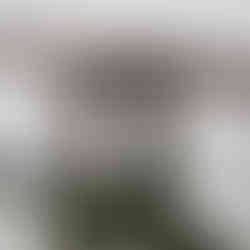







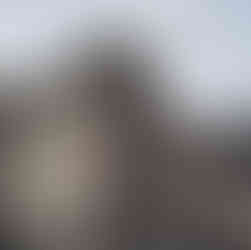


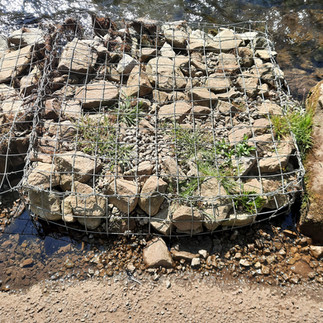



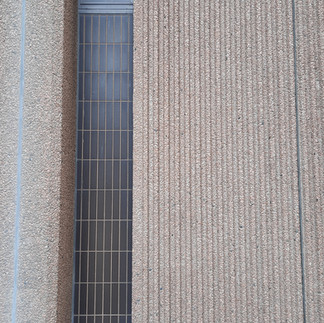

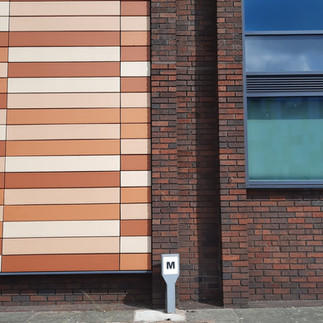








Comments